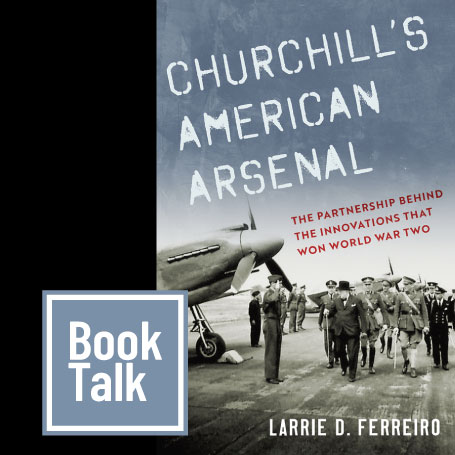Prize winning historian Larrie Ferriero’s presentation explores how, at first, leaders in each nation were deeply skeptical that such a relationship could ever be successful. But despite initial misunderstandings, petty jealousies, and continuing differences over priorities, scientists and engineers on both sides of the Atlantic found new and often ingenious ways to work together, jointly creating the weapons that often became the decisive factor in the strategy for victory that Churchill had laid out during the earliest days of the conflict. While no single invention won the war, without any one of them, the war could have been lost.
Larrie D. Ferreiro is an engineer, historian and the author of several award-winning books in history, science and technology, and was the 2017 Pulitzer Prize finalist in history for his book “Brothers at Arms: American Independence and the Men of France and Spain Who Saved It.” He teaches at George Mason University in Virginia and Stevens Institute of Technology in New Jersey.

Virtual (Zoom)
